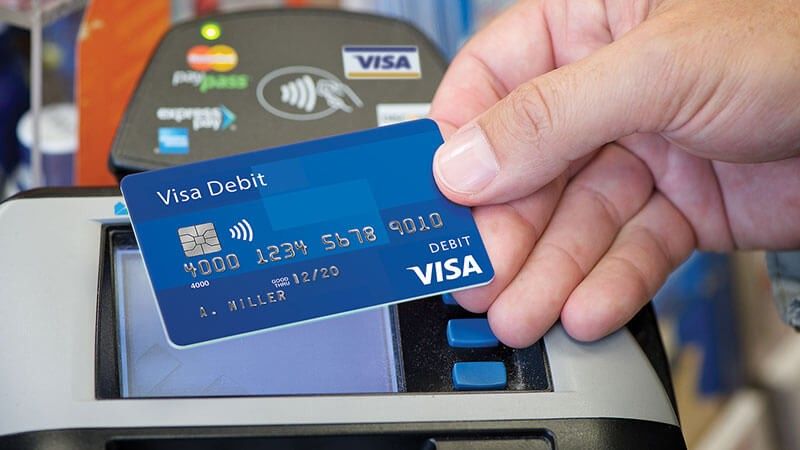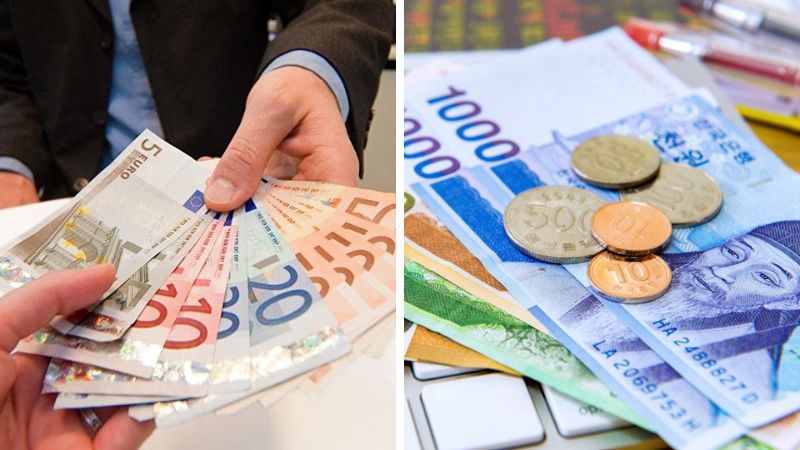When planning a trip with friends and family, it’s important to consider how to spend your money wisely. Let us guide you through some financial management tips to ensure a smooth and enjoyable journey.
1 Consider the Types of Cards to Use
When traveling, you may need to use different types of cards such as prepaid, travel debit, and credit cards. Let’s explore the unique features of each card to help you make an informed choice:
Prepaid Cards
 Prepaid Cards
Prepaid Cards
Prepaid travel cards are issued by banks, airlines, and money exchange companies. You simply load money onto the card and use it to make payments or withdraw cash.
If you’re traveling abroad, you can lock in an exchange rate and load the specific foreign currency onto your card. However, there may be fees involved, such as exchange rate margins, loading fees, and ATM withdrawal fees if you close the account.
Additionally, if your foreign spending is less than $3000, you may not benefit as the ownership and usage fees could be higher than using foreign ATMs.
Travel Credit Cards
 Travel Credit Cards
Travel Credit Cards
With credit cards like Visa and Mastercard, you can make cash advances and pay for shopping or withdraw cash almost everywhere. However, major bank credit cards may charge a foreign transaction fee.
Additionally, you may incur a cash advance fee of around 3% and interest rates of up to 20%. Consider using travel debit or money transfer cards if you plan to withdraw cash abroad.
No-Fee Travel Credit Cards
 No-Fee Travel Credit Cards
No-Fee Travel Credit Cards
Unlike regular travel credit cards, no-fee travel credit cards waive fees for online shopping abroad, currency conversion, and annual fees. They also offer free travel insurance but may require a minimal activation fee for the trip and have age restrictions.
Debit Cards
 Debit Cards
Debit Cards
Debit cards are widely accepted by retailers and can be used to withdraw cash at ATMs in most countries. Moreover, transactions made with debit cards are directly debited from your bank account, and you won’t incur interest when withdrawing foreign currency, except for interbank transactions.
Regarding fees, some major banks may charge a foreign transaction fee for debit card use abroad. ATM withdrawal fees will also apply to foreign ATMs, and frequent withdrawals may increase the fees.
2 Using Cash and Payment Methods
Before embarking on your trip, whether domestic or international, exchanging cash is essential. Not every place accepts digital payments, especially in remote areas.
You can exchange money at banks about a week before your trip to save on fees. Alternatively, you can exchange money at the airport, but it may be more expensive.
 Using Cash and Payment Methods
Using Cash and Payment Methods
If you’re traveling internationally, consider exchanging your money into the local currency. At some places like hotels or shops abroad, you may be able to exchange money, but they will charge a fee based on their profit margin, which may not be as favorable as the exchange rate offered by banks or your credit provider.
Additionally, if you carry certain items, especially plastic goods, you may be charged a cross-border shopping fee.
3 What to Pay With When Traveling Abroad
To avoid hassles and complications in your daily expenses while traveling internationally, it’s best to pay in the local currency.
 Pay in the Local Currency
Pay in the Local Currency
These are our tips for managing your finances while traveling. We hope you’ll keep them in mind to ensure you have a wonderful and hassle-free trip with your loved ones.
A Comprehensive Guide to Playing One Piece: Toonies Boom
Are you ready to take on your competitors in the adrenaline-pumping board game, Toonies Boom? Based on the renowned manga series, One Piece, this exciting game gives players the opportunity to have an explosive battle and have the last laugh. Will you be able to prove that you have what it takes to survive? Play and find out!






































